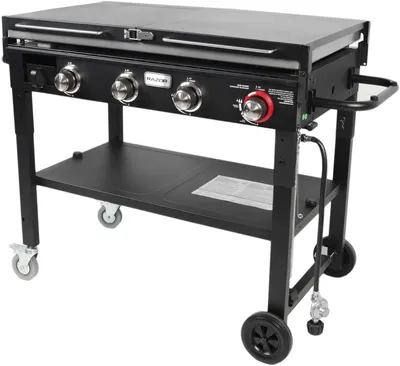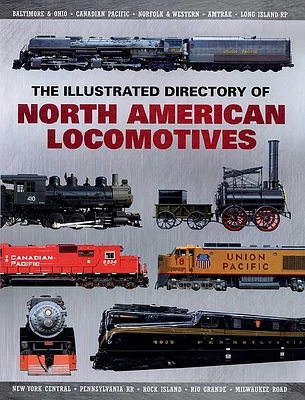Home
The English Electric Class 37/4 Diesel Locomotives
Loading Inventory...
Barnes and Noble
The English Electric Class 37/4 Diesel Locomotives
Current price: $50.00


Barnes and Noble
The English Electric Class 37/4 Diesel Locomotives
Current price: $50.00
Loading Inventory...
Size: Hardcover
*Product Information may vary - to confirm product availability, pricing, and additional information please contact Barnes and Noble
In the prelude to the privatization of BR the Provincial Sector (later Regional Railways) became responsible for local / secondary train services and initiated the refurbishment of 31 Class 37 locomotives, fitted with train heating equipment – hence designated Class 37/4 - to support the shortfall of DMU trainsets. Their initial task was to work services on Scottish lines radiating from Inverness to points north and Glasgow to service the West Highland Line with a small batch based in South Wales to service Cambrian Line services and services from Cardiff traversing the Marches Line to serve Liverpool.
These services were soon replaced by Sprinter trainsets thus releasing the fleet to other duties including freight operators hence, at privatization in April 1994, the fleet became owned by freight companies who subsequently hired locomotives to both other freight companies and passenger operators.
Throughout their working life the fleet members have proved invaluable and capable of powering a variety of services whose history confirms both the locomotives’ adaptability and prowess in handling the duties allocated to them.
Fred Kerr’s book seeks to show this adaptability by detailing the reason for their initial creation and the tasks successfully undertaken once released from their initial roles as support for the shortage of DMU trainsets. The advent of privatization saw an increased demand for their ‘go-anywhere do anything’ ability which is also displayed by the range of photographs that illustrate the wide range of duties performed by class members.
Once withdrawn from service some class members were purchased for preservation and – such was their adaptability – that preserved examples were hired by train operators to cover duties that no other class of diesel locomotive was capable of achieving.
These services were soon replaced by Sprinter trainsets thus releasing the fleet to other duties including freight operators hence, at privatization in April 1994, the fleet became owned by freight companies who subsequently hired locomotives to both other freight companies and passenger operators.
Throughout their working life the fleet members have proved invaluable and capable of powering a variety of services whose history confirms both the locomotives’ adaptability and prowess in handling the duties allocated to them.
Fred Kerr’s book seeks to show this adaptability by detailing the reason for their initial creation and the tasks successfully undertaken once released from their initial roles as support for the shortage of DMU trainsets. The advent of privatization saw an increased demand for their ‘go-anywhere do anything’ ability which is also displayed by the range of photographs that illustrate the wide range of duties performed by class members.
Once withdrawn from service some class members were purchased for preservation and – such was their adaptability – that preserved examples were hired by train operators to cover duties that no other class of diesel locomotive was capable of achieving.


















